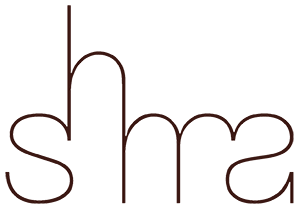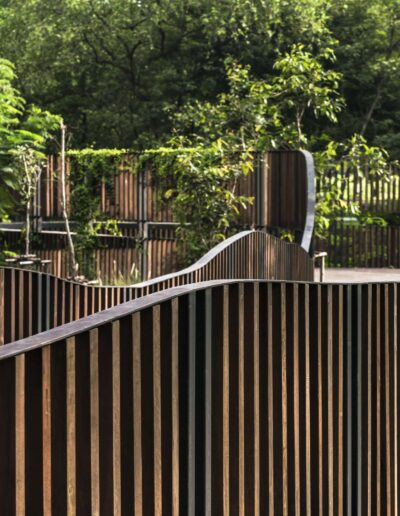
Bird Wave Bridge











Project details
Design: Shma Company Limited
Project Location: Between Queen Sirikit Park and Rotfai Park, Bangkok, Thailand
Typology: Pedestrian bridge
Built: 2014-2016
Area: 7.354 m2
Design team: Namchai Saensupha ( Design Director) / Charnchai Chitpatanapaibul (Landscape Architect )
Client & Developer: H.M. Queen Sirikit Park Foundation (Public Parks Department)
Architect: Crown Property Bureau
M&E: Crown Property Bureau
C&S Engineering: Crown Property Bureau
Photo credits: © Wison Tungthunya

Shma Company Limited
‘Shma’ means ‘the Earth’. Shma is community of landscape architects, technicians, horticulturists, strategic designers, media makers, researchers, and more. Shma has experiences in numerous domestic and international projects varied in types and scales, including residential, hospitality, institution, commercial, urban space, public parks, biodiversity, master planning, research and experimental.


